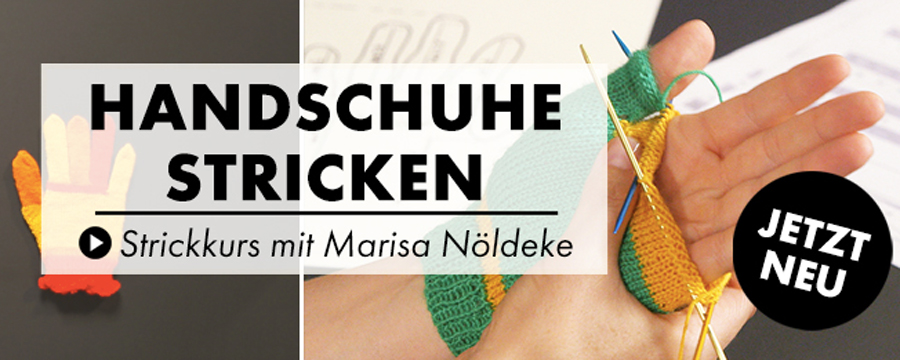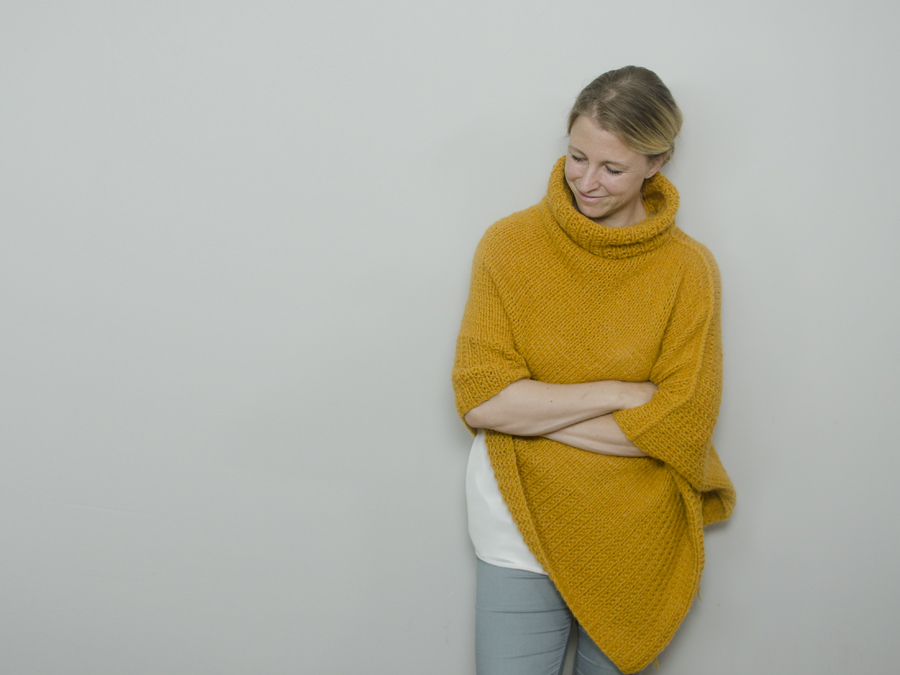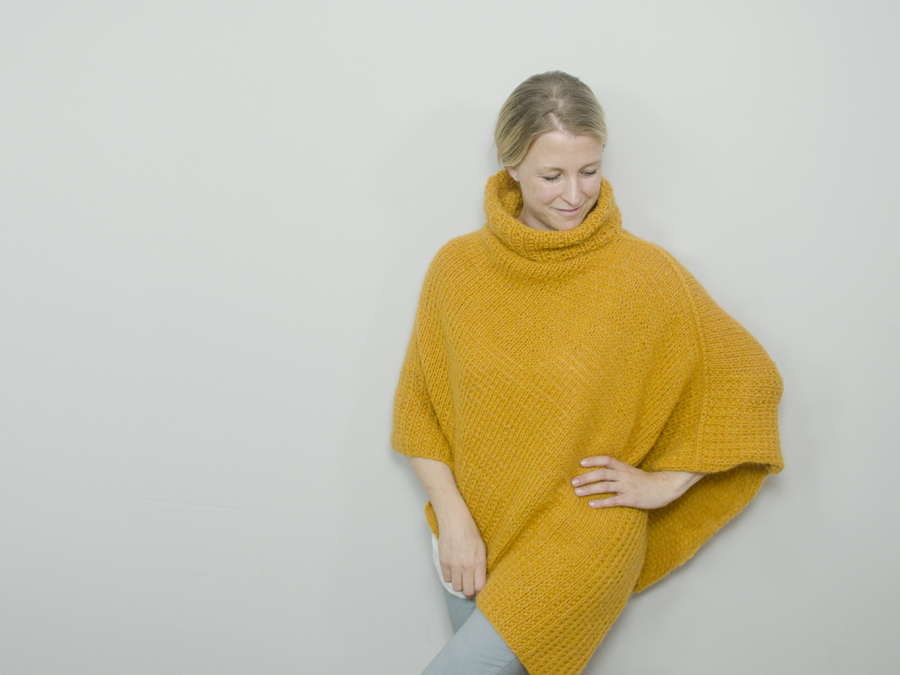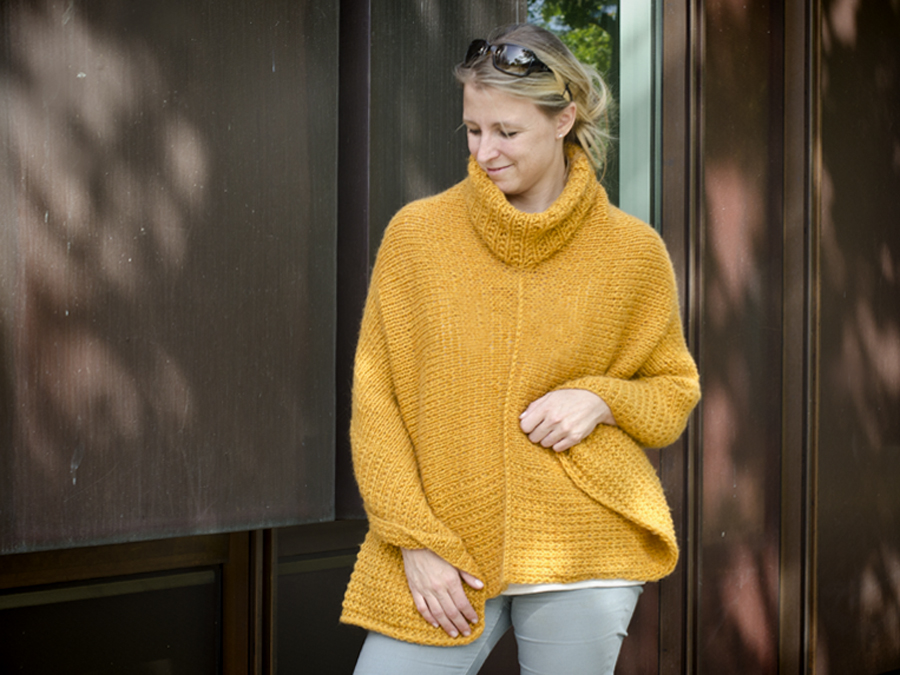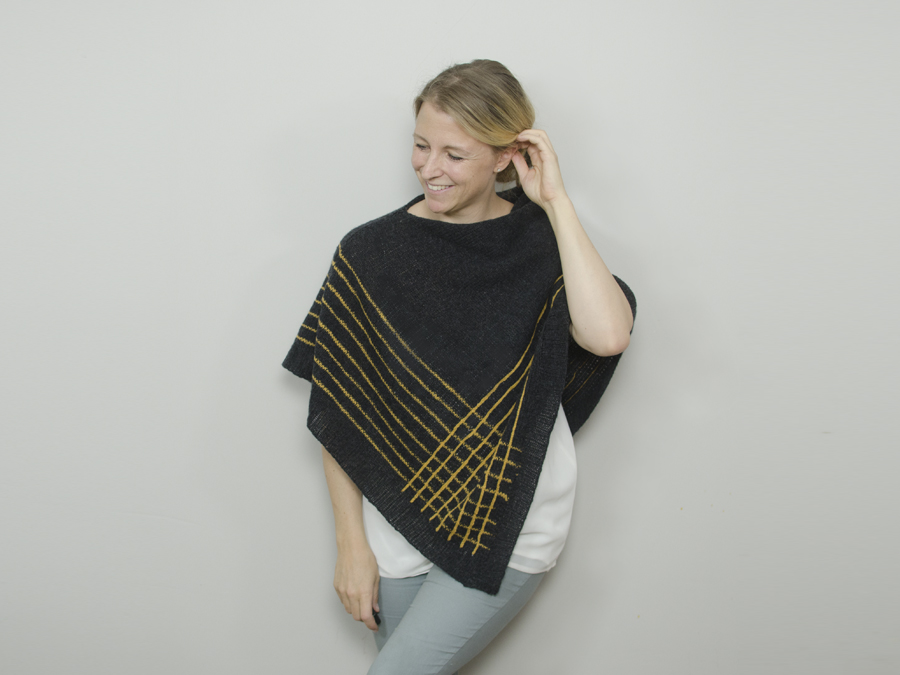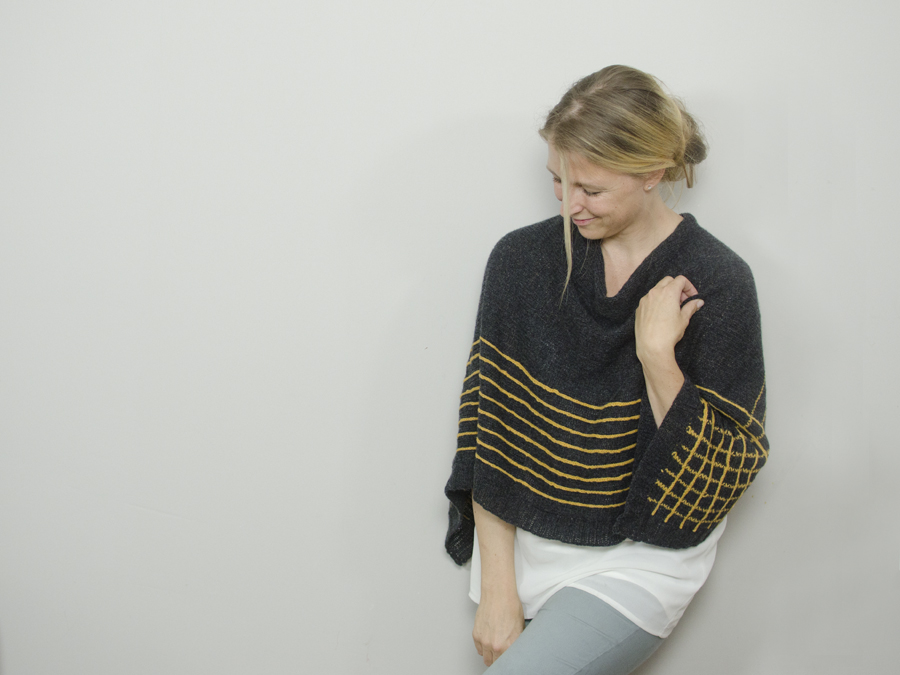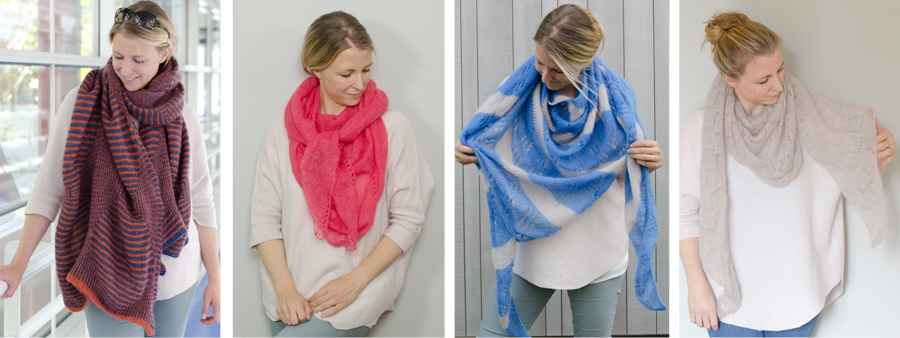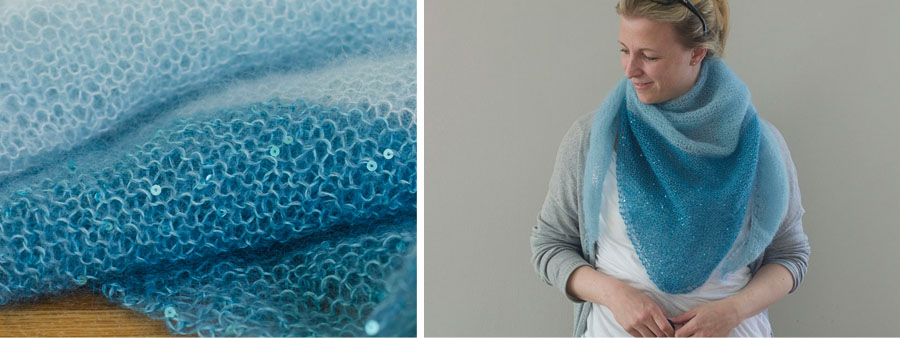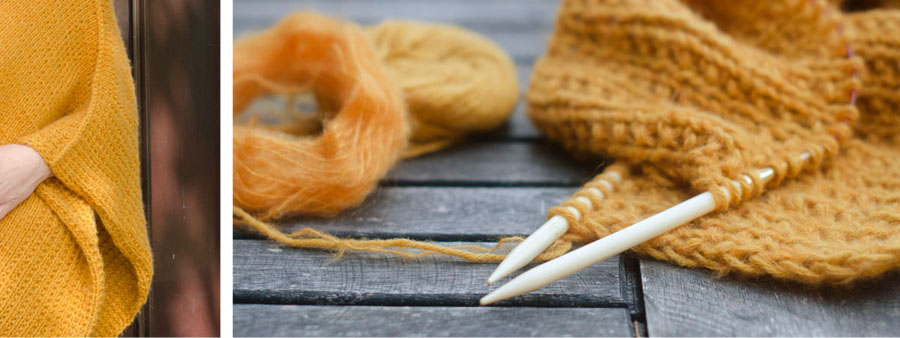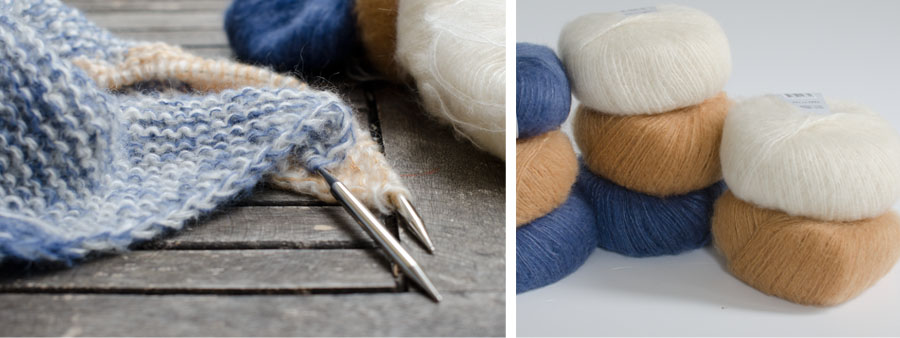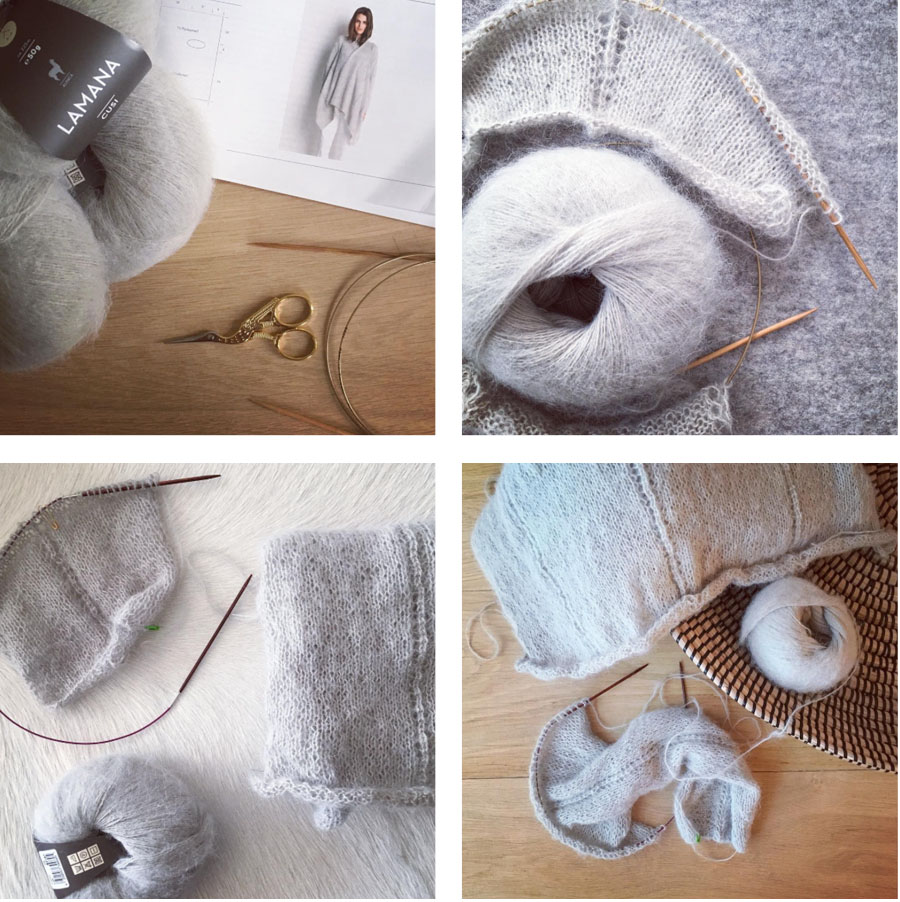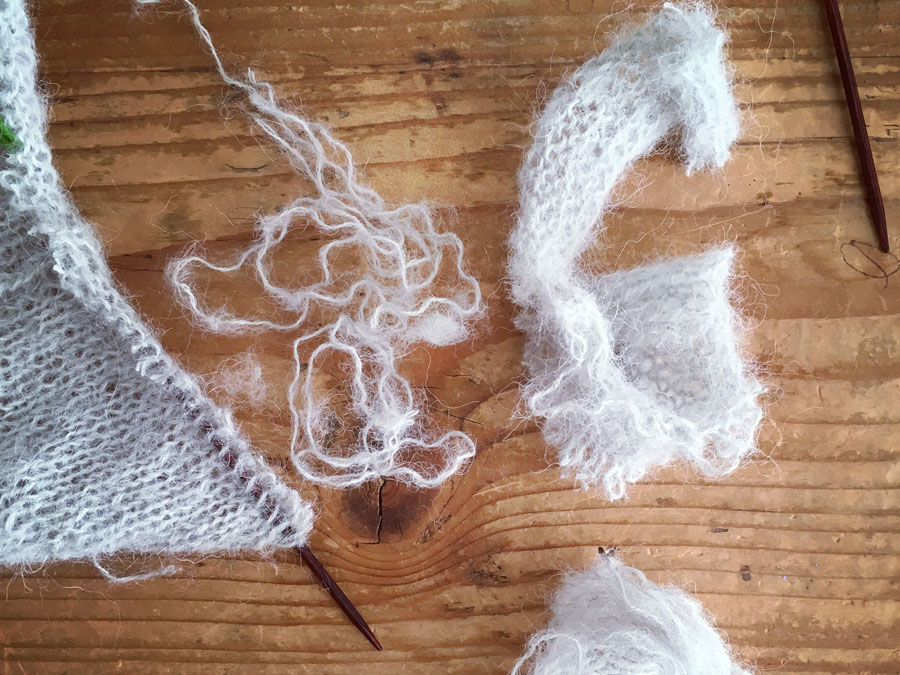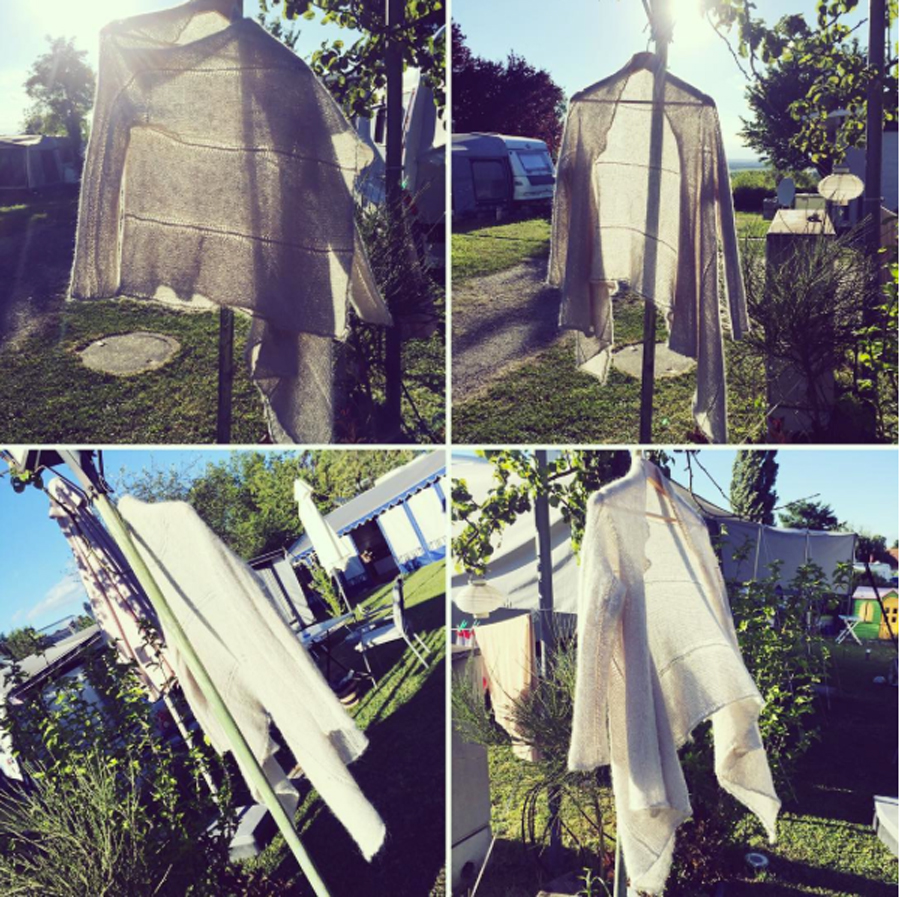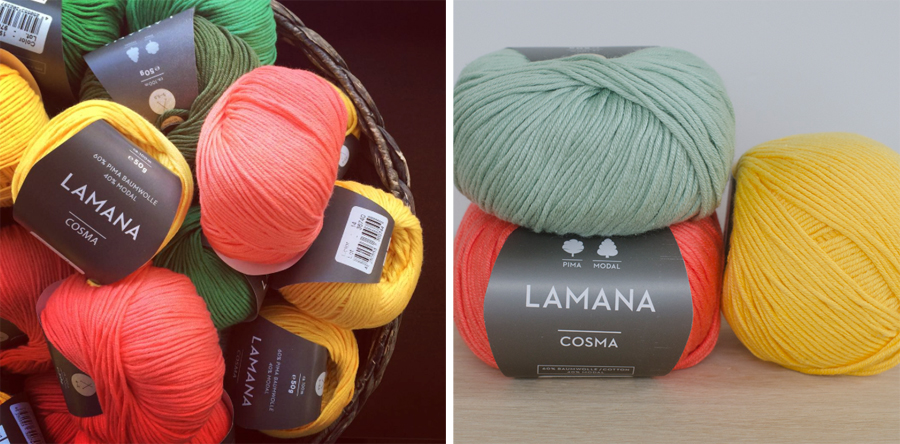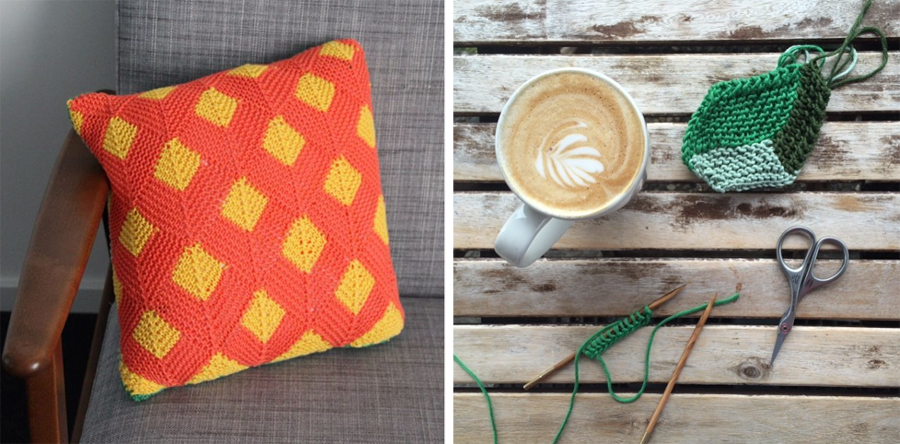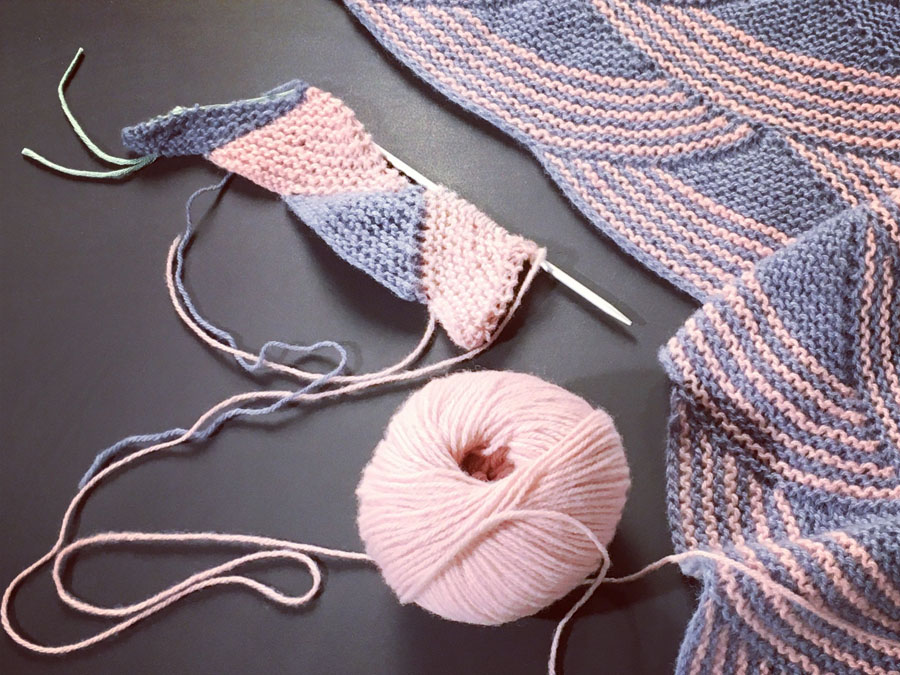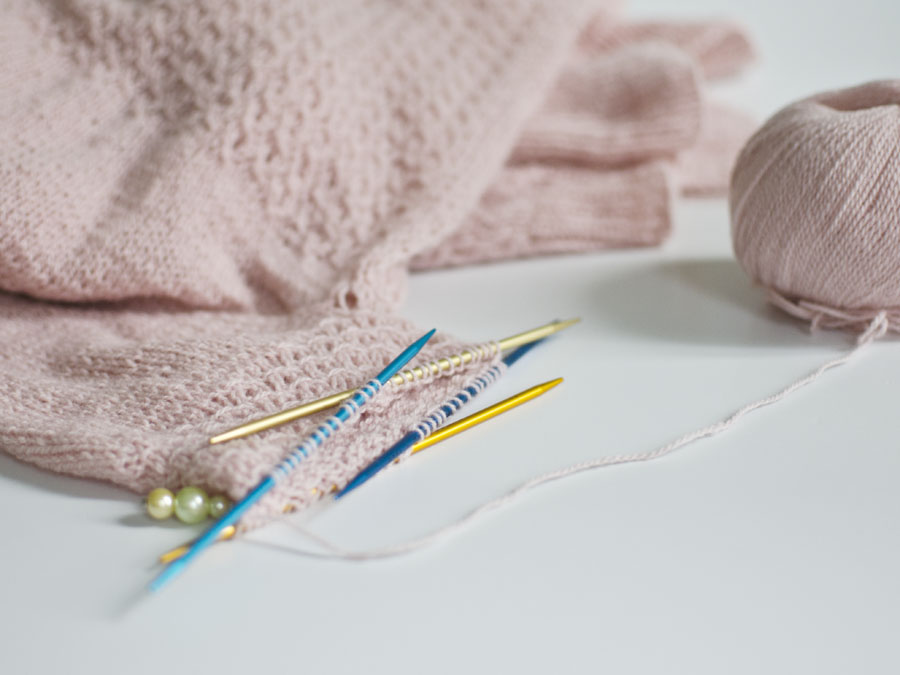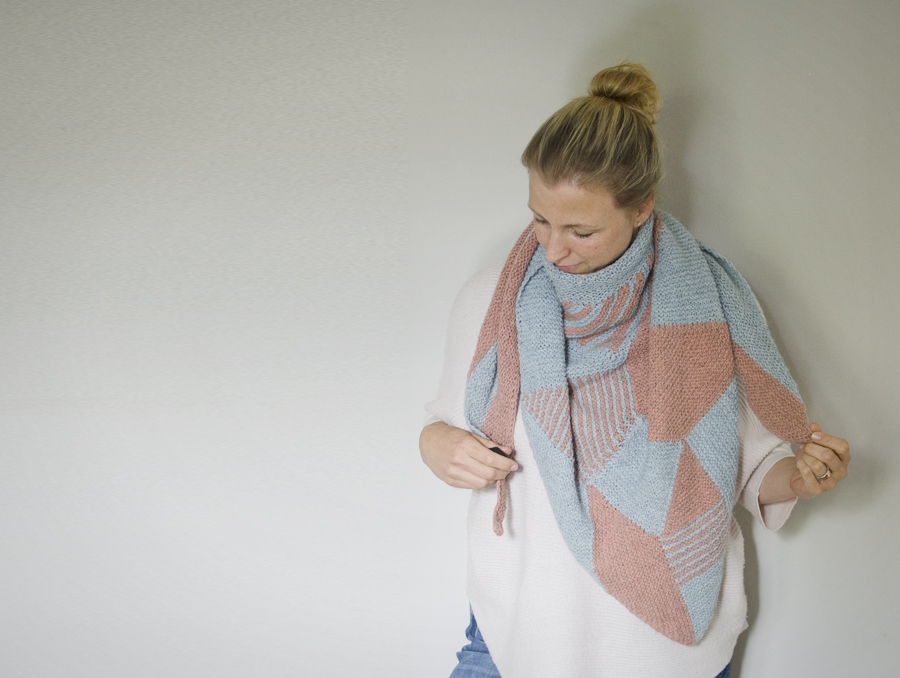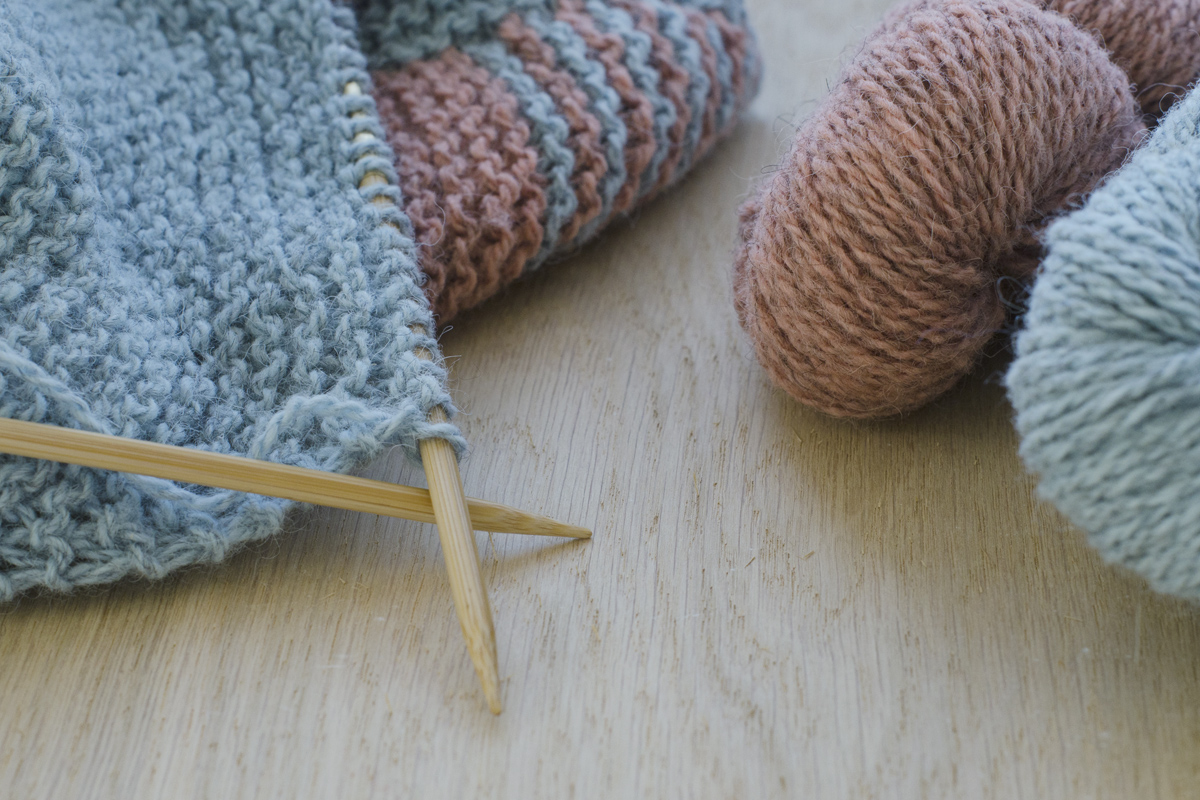Knitting gloves is quite the high art - you think perhaps? But it's not, honestly! Mittens and hand warmers can be knitted super fast in between and are always a nice souvenir. Some people might even wear them rather than knitted socks. But also mittens are not as difficult as you might think. You can learn all this in my new video course at Makerist "Knitting gloves".
This class is really all about the technique of knitting gloves. I show different types of cuffs and thumb attachments and of course on the one hand mittens and on the other hand open and closed finger gloves.
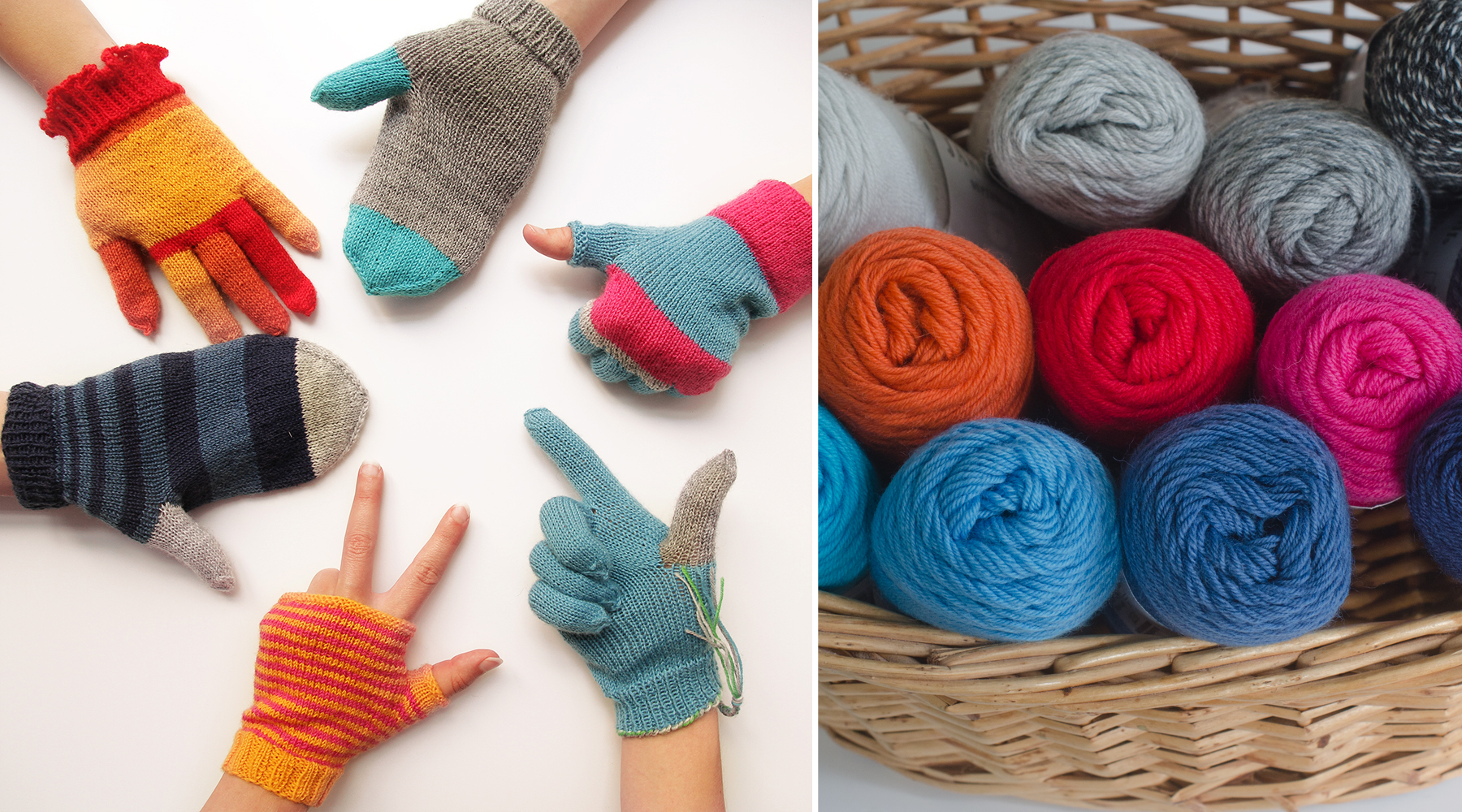 Photos: left Makerist.de, right Maschenfein.com
Photos: left Makerist.de, right Maschenfein.com
The course comes with a chart as a PDF download that you can use to knit your own mittens. I used sock yarn from Lang Yarns in the course, because sock yarns are the basis for the conventional charts. But once you understand the technique, you can apply your knowledge to all other yarns and knit beautiful mittens from Bergamo (like in the upcoming picture below) or of course from cashmere. For example, I have a pair of Cashmere Premium gloves on the needles right now.
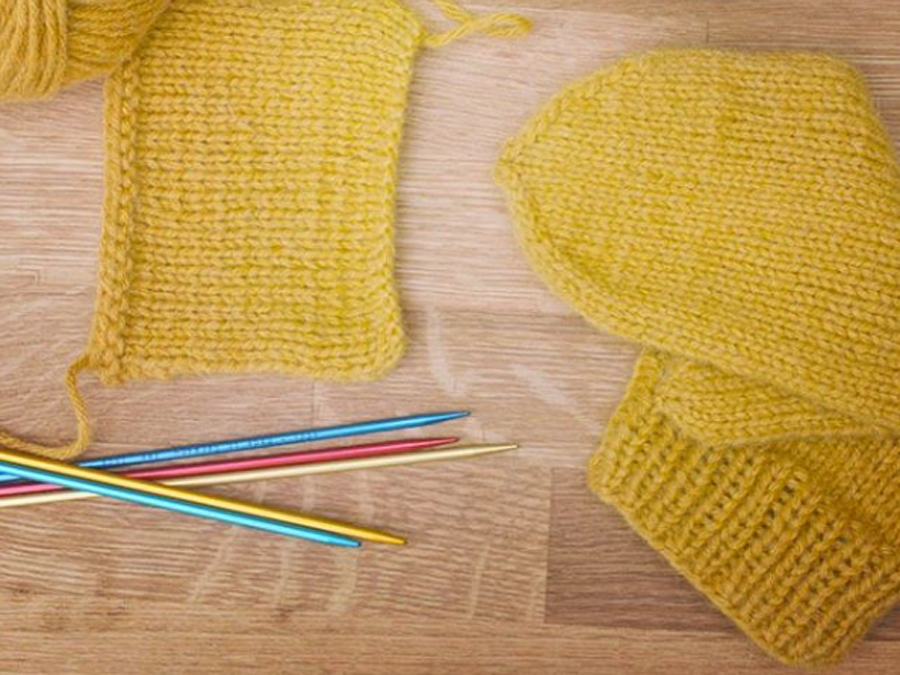
By the way, my favorite thing to knit for gloves is a double border as a cuff. That's why I show it in detail in the course, of course. First, it is provisionally cast on, then a long cuff is knitted with a break and later joined together.
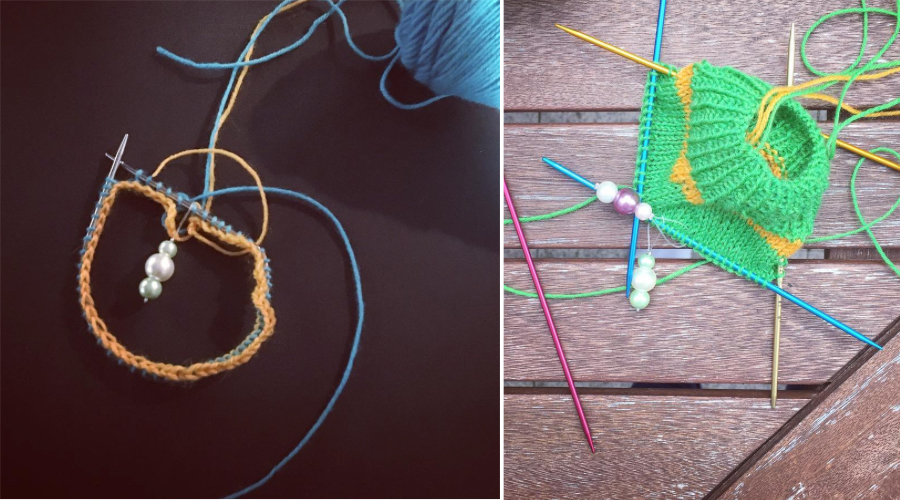
We knit in the course with the Colibri double pointed needles and the sock wonder. So you can look at both and then decide what you want to try. The very short stocking needles are suitable for knitting the fingers. You should definitely treat yourself to them so that knitting the fingers doesn't spoil the fun of the whole glove.
Do you feel like knitting gloves? You can find my video course as well as my other online knitting courses on Makerist.
 In the mood for spring? Here you can find spring yarns
In the mood for spring? Here you can find spring yarns 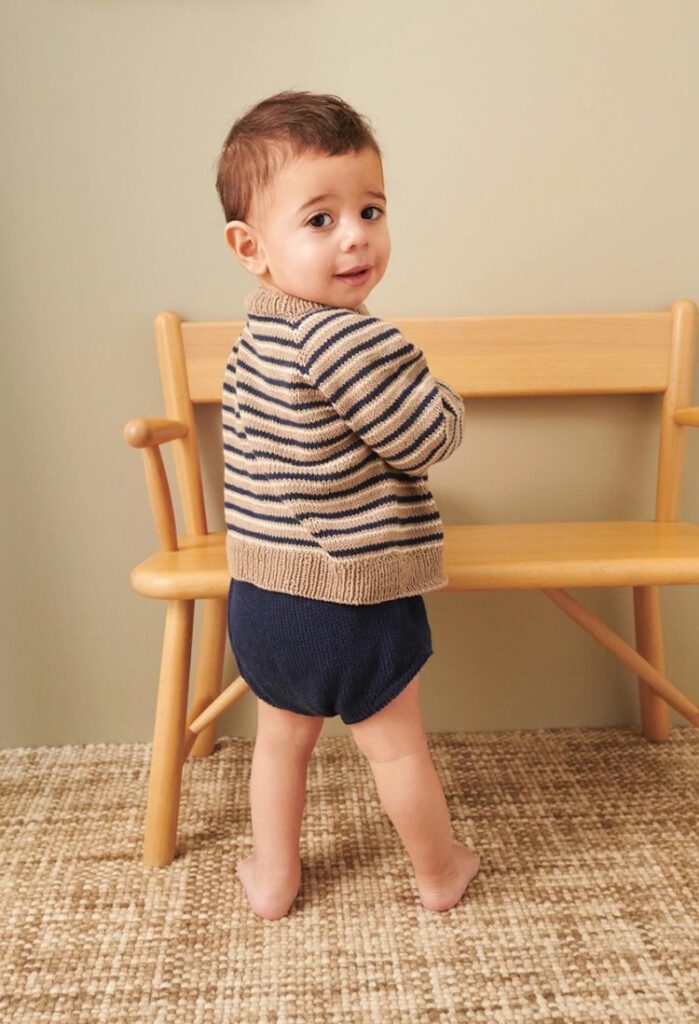 Neu - Sandnes 2407 - Sommerbaby
Neu - Sandnes 2407 - Sommerbaby  Neu bei uns - Lankava
Neu bei uns - Lankava 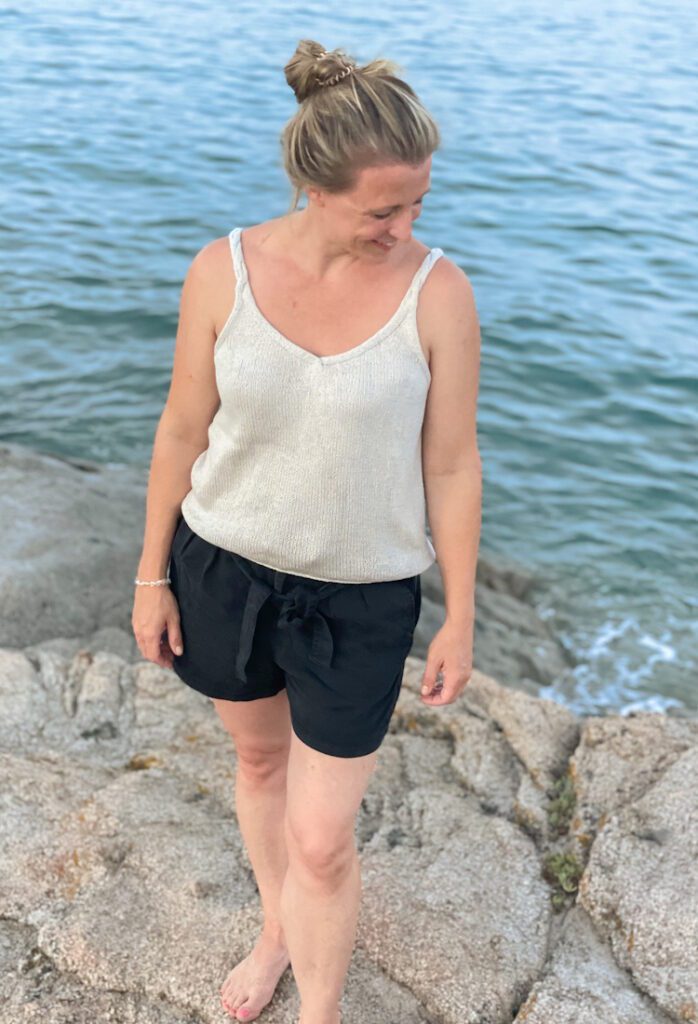 Hier findest du alle Maschenfein-Anleitungen
Hier findest du alle Maschenfein-Anleitungen
